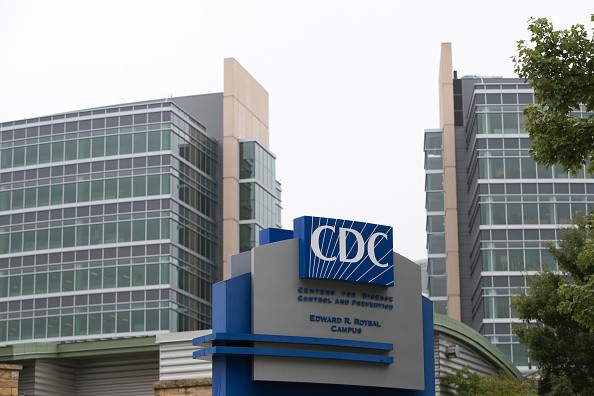COVID-19: One Thing Most Patients Did Before They Test Positive
The Centers for Disease Control and Prevention (CDC) recently released a statement about what people commonly did before they tested positive for COVID-19.

The United States remains to have the highest number of COVID-19 infections and death toll across the globe. These statistics are expected to change and increase due to the new variant. But the CDC found one thing that most people did before they tested positive for the virus.
People Did One Thing Before Diagnosed With COVID-19
The CDC has been tracking the infectious and deadly COVID-19 since the pandemic began. The agency releases new guidelines to ensure that people know how the virus evolves and behave from time to time.
The CDC's official statement said the virus commonly spreads between people who are in close contact with one another within about six feet or two arm lengths. It means that people who contracted the virus were exposed and in close contact with someone infected.
The agency added that the virus spreads via respiratory droplets or small particles, such as those in aerosols, produced when an infected person sneezes, coughs, talks, sings, or breathes. That is why indoor activities are restricted because there is a higher chance of virus transmission in this setting.
What Setting to Avoid Getting Infected with COVID-19?
Staying in an indoor or enclosed setting like a church or a restaurant is strictly discouraged by the health and infectious disease experts. It is a well-known fact that the COVID-19 can be transmitted through the air, making it more dangerous.
According to an ETNT Health report, the CDC said that smaller particles could linger in the air and cause infection, referred to as airborne transmission. Meaning, if someone positive for the virus stays in an indoor setting, there is a greater chance that he or she can transmit the virus.
Being in close contact with a person who tested positive for the virus is one thing the CDC found out before other people got sick. The agency noted that available data indicate that it is much more common for the virus to spread through close contact with a person who has COVID-19 than through airborne transmission.
How CDC Defines 'Close Contact'
The CDC always reminds us to practice and observe social distancing of six feet away from people who aren't in our household. But last fall, the agency revised and released new guidelines.
The agency now defined "close contact" as someone who spent at least 15 consecutive minutes within six feet from someone with COVID-19.
The guidelines came out after a report published in the MMWR journal of a 20-year-old Vermont prison employee who contracted coronavirus after having 22 brief interactions for a total of over 17 minutes during an eight-hour shift with six people who later tested positive for COVID-19.
This event made the agency changed its definition of "close contact" to someone within six feet of an infected person for 15 or more cumulative minutes in a period of 24 hours.
Meanwhile, the agency strictly advised the public to always wear a face mask, avoid social gatherings, observe social distancing, and practice personal hygiene habits to prevent getting infected.
Subscribe to Latin Post!
Sign up for our free newsletter for the Latest coverage!

















